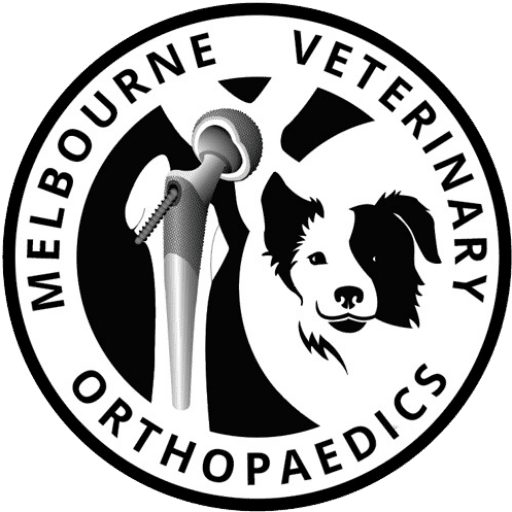In vitro determination of contact areas in the normal elbow joint of dogs
Chris A. Preston BVSc, Kurt S. Schulz DVM, MS, and Philip H. Kass DVM, PhD
Objective—To evaluate areas of articular contact of the proximal portions of the radius and ulna in normal elbow joints of dogs and the effects of axial load on size and location of these areas.
Sample Population—Forelimbs obtained from cadavers of 5 adult mixed-breed dogs.
Procedure—After forelimbs were removed, liquidphase polymethyl methacrylate was applied to articular surfaces of the elbow joint, and limbs were axially loaded. Articular regions void of casting material were stained with water-soluble paint. Relative articular contact areas were determined by computer-assisted image analyses of stained specimens. Repeatability of the technique was evaluated by analyses of casts from bilateral forelimbs of 1 cadaver. Incremental axial loads were applied to left forelimbs from 4 cadavers to determine effects of load on articular contact.
Results—Specific areas of articular contact were identified on the radius, the craniolateral aspect of the anconeus, and the medial coronoid process. The medial coronoid and radial contact areas were continuous across the radioulnar articulation. There was no articular contact of the medial aspect of the anconeus with the central trochlear notch. Coefficients of variation of contact areas between repeated tests and between contralateral limbs was < 20%. Significant overall effects of axial load on contact area or location were not identified.
Conclusions—Three distinct contact areas were evident in the elbow joint of dogs. Two ulnar contact areas were detected, suggesting there may be physiologic incongruity of the humeroulnar joint. There was no evidence of surface incongruity between the medial edge of the radial head and the lateral edge of the medial coronoid process. (Am J Vet Res 2000;61: 1315–1321)
